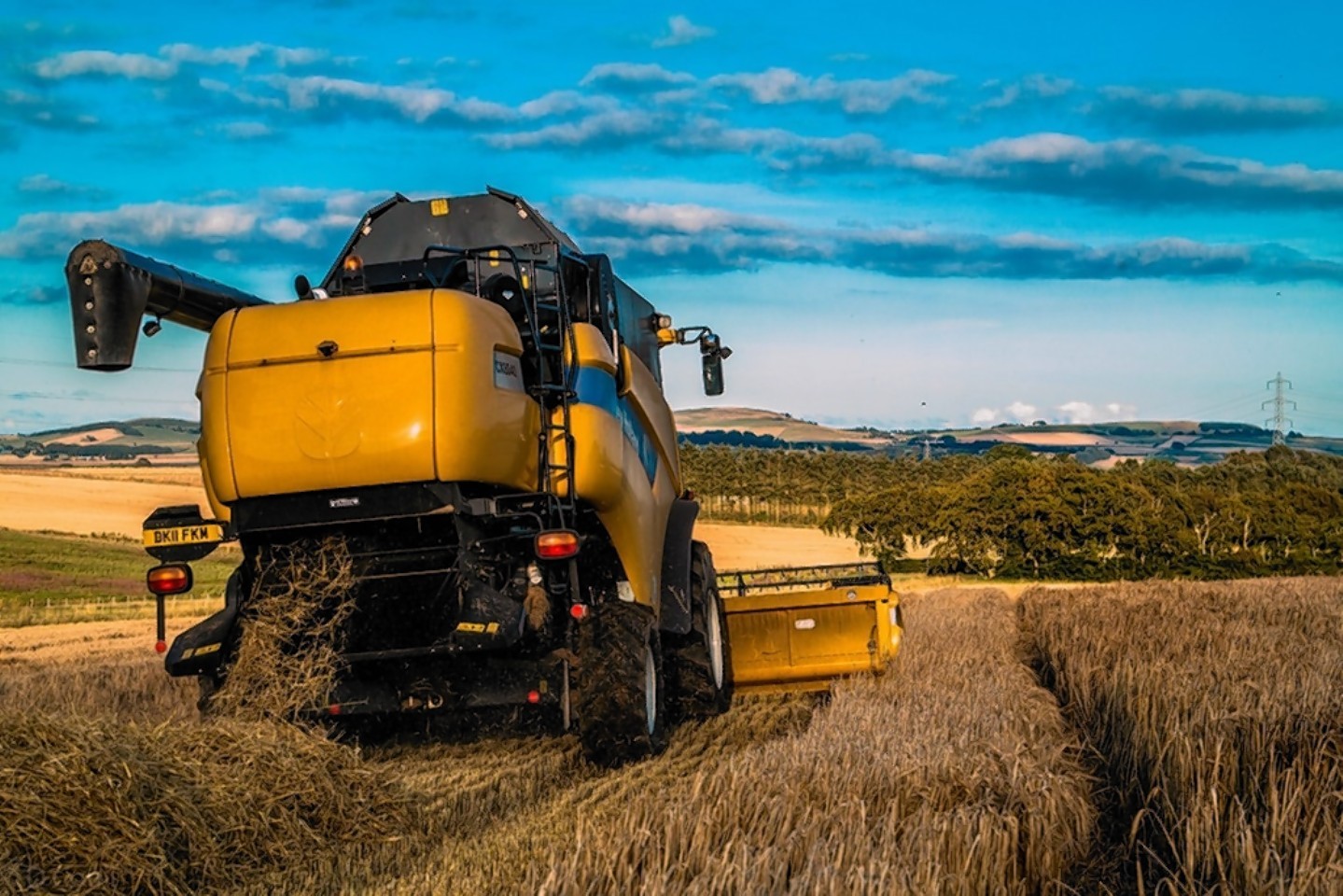The story is as clear in Iowa, the mega farming US state, as it is in Scotland – world commodity prices are worryingly low for arable farmers following a bumper world harvest this year.
Denny Friest and his son, Brent, farm 1,400 acres in northern Iowa. They grow corn (maize) and soya beans and have 225 breeding sows producing 6,000 fat pigs per year. At an average deadweight of 290lb (130kg), and what they regard as the buoyant current price of $1.08/lb (£1.48/kg), pigs will pay this year, but cropping won’t.
The Friests share the same stark reality as commodity crop growers around the world – they will have to make some big cost savings over the coming season if they are going to earn any return at all from corn and soya. “One month ago, soya was trading at $600 a tonne, it’s now $380 a tonne,” said Denny on his farm last week.
In the UK, the Home Grown Cereal Authority has put the average cost of production for a tonne of wheat at £134, but with prices hovering around £100/t, the sums don’t make happy reading.
In Canada it is the same tale. Steve Larcoque is an agronomist who also farms 640 acres, growing wheat, barley, oilseed rape, beans and peas in Ontario, Canada. Sudden price declines have left him relieved that he has forward-sold 85% of next year’s crops before prices fell. “Canadian farmers who’ve sold forward and bought their inputs ahead of the season will be able to weather this year’s storm,” he said. “Our last harvest was good and many of my agronomy clients have bought forward around 75% of their inputs for the coming season, so the majority of our growing costs have been covered.”
In Iowa, the Friests are tackling low prices by saving cost wherever they can and using their impressive array of precision farming tools to help them. Key to cost saving is the clever use of their Hagie high clearance sprayer. With a boom width of 100ft (30.5m) it is used to apply variable rates of nutrients and agrochemicals based on in-field readings taken by their AgLeader OptRx sensor.
The sensor measures and records data about crops in real time using the reflectance of light shined on to growing plants. In addition, the family also uses lab testing to measure crop nitrogen off-take to calculate soil residual nitrogen.
“Y-drop legs attached to the sprayer means we can then apply high rates of anhydrous nitrogen to corn that is 6-8ft high and it’s targeted directly to the base of growing plants, saving the costs associated with blanket, field-wide applications,” said Brent Friest.
“To keep costs down further we apply liquid manure from the hogs (pigs) at a rate of 3,000 gallons an acre over the autumn (33,700l/ha).”
Unlike Scottish farmers, the Friests typically grow genetically modified (GM) varieties of both corn and soya beans.
To prevent the build-up of herbicide resistance on the farm they alternate their seed choice – and therefore the herbicide mode of actions – between varieties containing GM traits and conventionally bred hybrids. This coming spring they are opting to plant solely conventional hybrid corn and a high protein, non-GM soya bean variety, because conventional seed is cheaper than GM varieties.
“Using non-GM seed will save me $50 (£31) an acre,” Brent Friest has calculated. “Yields very much depend on the season, in some years conventional varieties can perform as well as GMs, but, whatever the final yields, this year we must keep costs to a minimum.”
